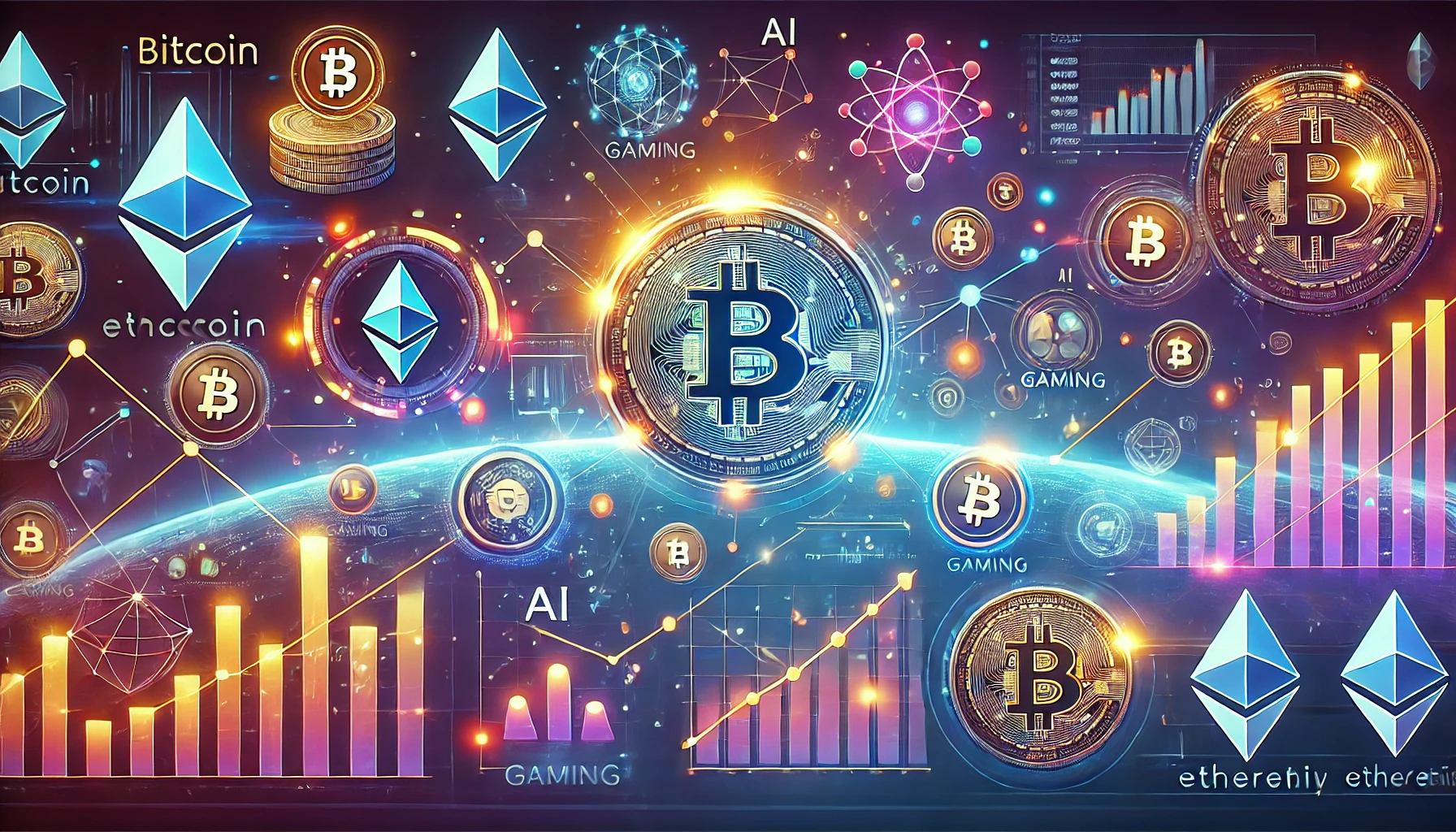The first half of 2025 has marked a historic milestone in the digital transformation of global finance. According to a recent M&A alert, real-world asset (RWA) tokenization — encompassing everything from government bonds to real estate — has surged to an astonishing $23 billion in newly tokenized assets. This rapid growth underscores how blockchain technology is no longer confined to speculative cryptocurrencies, but is becoming a core infrastructure for the future of global asset management.
The Rise of Tokenized Real-World Assets
Real-world asset tokenization refers to the process of converting tangible assets — such as property, commodities, and financial instruments — into digital tokens on a blockchain. Each token represents a fraction of ownership, allowing for greater accessibility, liquidity, and transparency.
In 2025, this movement has accelerated due to several key factors:
-
Institutional adoption: Major financial institutions have begun exploring blockchain-based systems to issue and trade traditional assets more efficiently.
-
Regulatory clarity: Jurisdictions in Europe, Asia, and the U.S. have introduced frameworks that recognize tokenized securities and enable compliant trading environments.
-
Technological maturity: Scalable blockchain platforms and interoperability solutions have reduced previous barriers such as high gas fees and slow settlement times.
From Bonds to Buildings: A Broadening Asset Class
The range of assets being tokenized is rapidly expanding. Government and corporate bonds represent a significant share of the $23 billion figure, as tokenization allows for instant settlement and reduced intermediaries. However, real estate tokenization is also seeing unprecedented interest. Developers and fund managers are now digitizing ownership shares of properties, making it easier for global investors to participate in once-illiquid markets.
Other sectors joining the wave include carbon credits, precious metals, and private equity shares, all benefiting from improved liquidity and global reach through tokenized formats.
Why 2025 Is the Turning Point
The first half of 2025 may be remembered as the year tokenization crossed from concept to mainstream adoption. Large financial institutions — including asset managers, investment banks, and sovereign wealth funds — have publicly launched pilot programs or full-scale offerings in tokenized products.
Additionally, the integration of tokenized assets into decentralized finance (DeFi) platforms is bridging traditional finance (TradFi) with the crypto economy. Investors can now use tokenized government bonds as collateral in on-chain lending or yield-generating strategies, further expanding utility and liquidity.
Challenges Ahead
Despite its momentum, tokenization faces hurdles. Regulatory inconsistencies between regions continue to complicate cross-border transactions. Questions about custodianship, taxation, and secondary trading compliance remain unresolved in some jurisdictions. Moreover, security and governance risks in smart contracts must be managed carefully to maintain institutional confidence.
A $10 Trillion Future Market?
Analysts project that the RWA tokenization market could exceed $10 trillion by 2030, as more institutions digitize their asset portfolios. With $23 billion already tokenized in the first six months of 2025, that projection no longer feels far-fetched. The growth trajectory signals that the global economy is entering a new era — one where blockchain becomes the invisible backbone of traditional finance.
The surge of real-world asset tokenization in 2025 represents more than just another crypto trend. It signifies a structural evolution in how the world perceives ownership, liquidity, and financial inclusion. As investors, regulators, and innovators align, tokenization could reshape not only capital markets but the very foundation of how assets are created, traded, and transferred in the decades ahead.




